Well, unless you’re a hardcore Alfa Romeo motorsports fan, chances are you don’t. You may not even remember the production version of the 164, but between 1987 and 1998, Alfa built over a quarter of a million of these handsome saloons.
The fastest road-going 164 Cloverleaf was equipped with a 3.0-litre, 24-valve V6 rated at 233bhp, but it’s far from the speediest 164 Alfa Romeo ever built.

That title goes to the 164 ProCar, a genuine beast that could outrun an F1 car and owes its name to the racing series it was designed to dominate. Still, there’s a good reason you’ve likely never heard of the ProCar championship: That’s because it never happened.
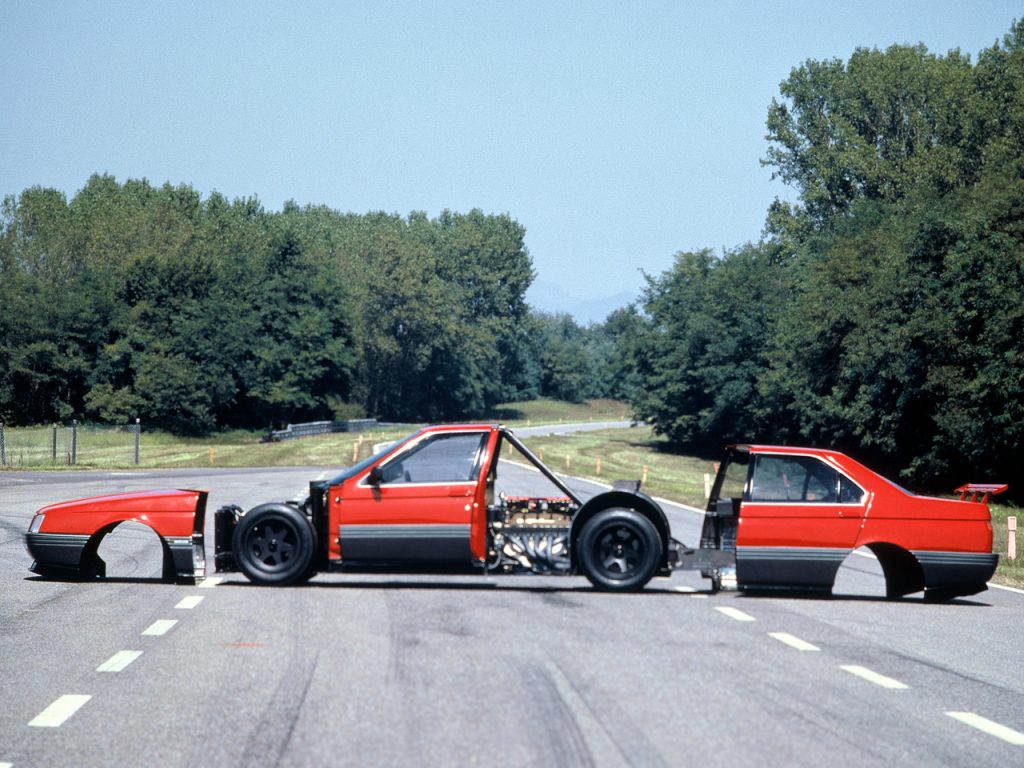
The ProCar series was instigated by the FIA in 1987 as a way to spice up the F1 weekends with a support race featuring cars that closely resembled regular production models. The idea was for ProCar entries to maintain the exact shape and exterior dimensions of a production saloon built in at least 25,000 units per year to maximise the potential image return for the automakers participating in the series. Therefore, the proposed regulations kept modifications to the base car’s exterior to a bare minimum. All the engineers could do was enlarge the front air intake and fit a small spoiler at the rear, provided it didn’t extend beyond the standard car’s overall length.
That, however, was where the similarities between a ProCar racer and the actual production car ended. After all, there’s no image return if nobody watches, so the cars also had to be fast and spectacular. Thus, apart from a 750kg minimum weight limit and the use of F1-spec 3.5-litre naturally aspirated engines, the regs left manufacturers plenty of room to experiment. Which Alfa Romeo exploited to the fullest.
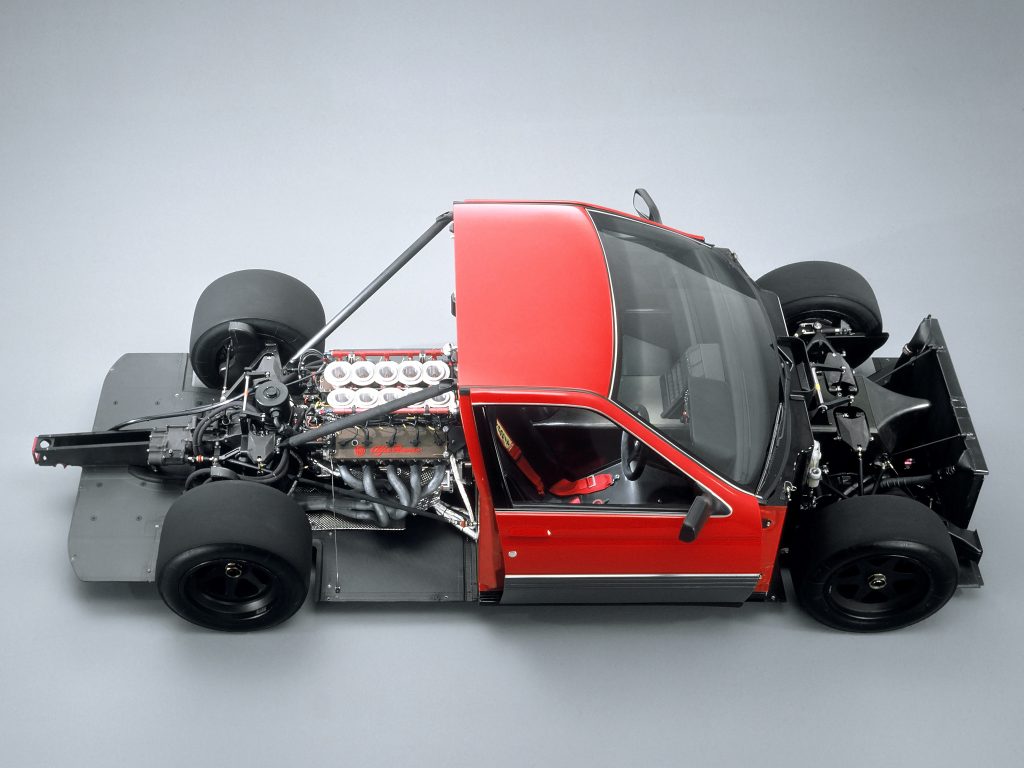
The 164 ProCar was built around a carbon tub designed and constructed by the Brabham F1 team. Solidly mounted to the tub behind the driver was a V10 engine – one that Alfa Romeo began developing in 1985 for its F1 program that would be canceled that same year – which sent 620 horsepower to the rear wheels via a manual gearbox.
Yet, having had the privilege of seeing it in person a few times, what has always struck me most about the 164 ProCar is how deceptively ordinary it looks. Sure, from a technical standpoint, the ProCar may be as closely related to a regular Alfa 164 as the Camrys that race in NASCAR are with the ones on your local Toyota dealer’s lot. But from 10 feet away, you could hardly tell, as Alfa Romeo went to truly extraordinary lengths to make the ProCar the ultimate sleeper.
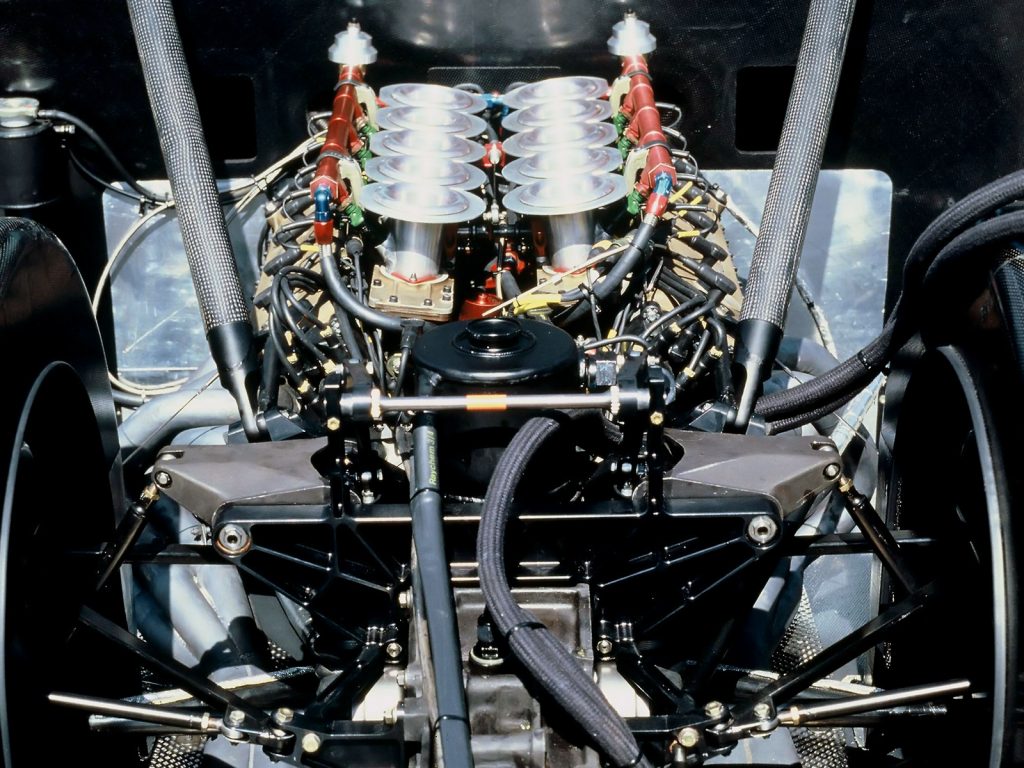
Every little detail of the road-going 164, right down to the shut line for the filler cap, is moulded into the giant composite clamshells that make up the front and rear ends of the ProCar. The paint finish is so deep and glossy that it shames that of the showroom model. Right down to the Pininfarina script behind the front wheel arch, every tiny detail is precisely where it would be on any regular 164. Someone at Alfa Romeo got so keen to play with our senses that the engine cover even has phony stub rear seats fitted onto it to complete the illusion!
However, all that effort to make the ProCar look like a regular production 164 also ended up somewhat compromising its effectiveness as a racing car. In fact, according to the man who’s driven more miles in it than anyone else, long-time Alfa test driver Giorgio Francia, the 164 ProCar’s peculiar characteristics made it quite a handful on track.
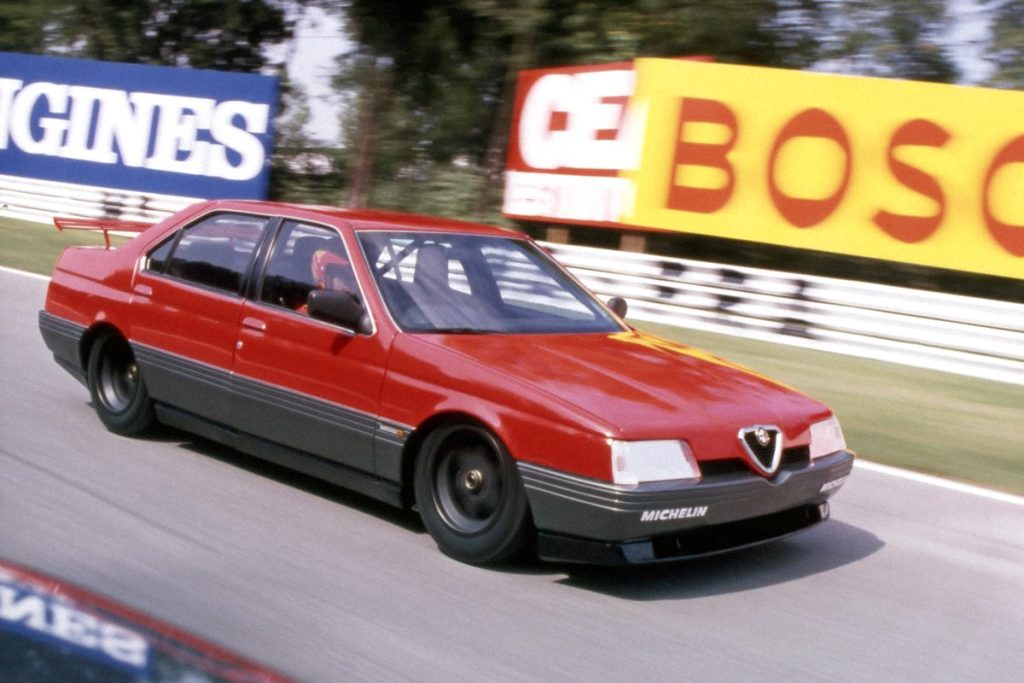
On the one hand, its regular production sedan shape meant the 164 ProCar generated far less drag than an open-wheeled single-seater, which made it wickedly fast on the straights. On the other, regular production sedans aren’t designed to generate downforce, so the 164 ProCar had no aerodynamic load at all at speed. This concerned Alfa’s engineers so much that, on the ProCar’s first outing, they ordered Francia not to exceed 155mph, as they had no idea how the 164’s shape would behave aerodynamically beyond that speed.
The absence of a front spoiler, along with a rear wing that was far too small to be effective meant the driver of the 164 ProCar could only count on mechanical grip to get through corners. The trouble was that there wasn’t much of it. The width of the standard 164’s body meant the ProCar’s tracks were too narrow, and front-end lift meant getting the front slicks up to temperature was a challenge in itself.
Of course, that’s nothing clever engineers couldn’t fix with more development time. However, for the 164 ProCar, that time would never come.
The general lack of interest in the series from major manufacturers meant the ProCar championship was pretty much dead on arrival. Alfa Romeo was the only firm that built a car to ProCar specifications, but by the time it put the wheels on the tarmac, it had already become a museum piece.
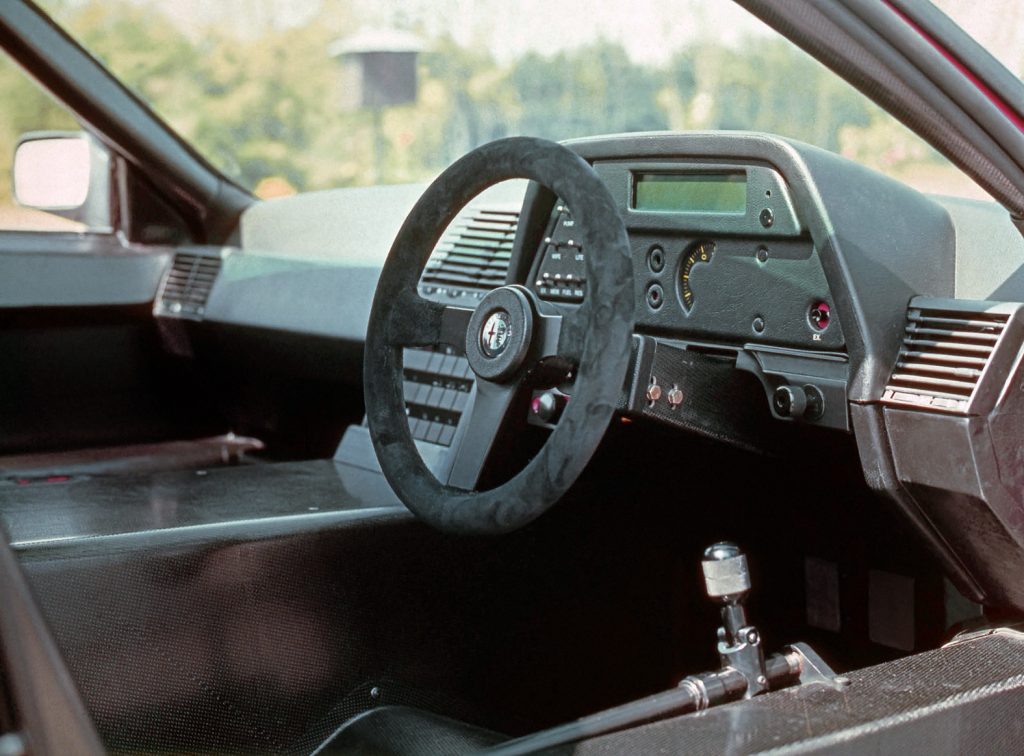
Apart from a few static motor show appearances, the only time the public got to see the 164 ProCar was at Monza, on the ninth of September 1988. Driven by the Italian F1 ace Riccardo Patrese, the 164 ProCar ran a few laps of the circuit during the Friday practice for that year’s Italian GP, reaching over 210mph on the main straight and delighting the crowd with the wail of its V10 engine.
That was the first time the public could hear the 164 ProCar sing, but, unfortunately, it would also be the last.
Left with no adversaries to beat and no trophies to win, the two prototypes built were consigned to the Alfa Romeo Museum in Arese, Milan, where they reside to this day.

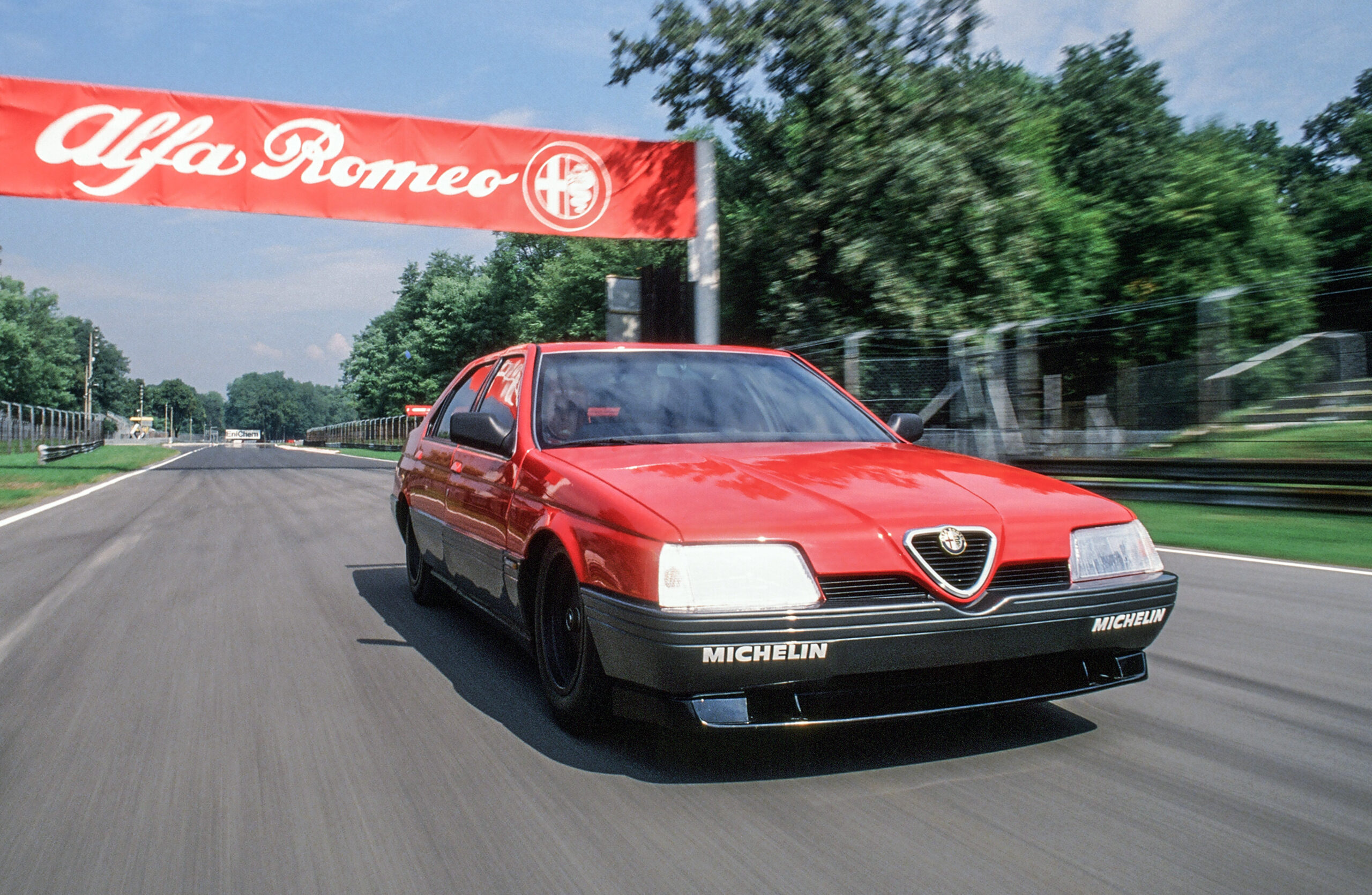
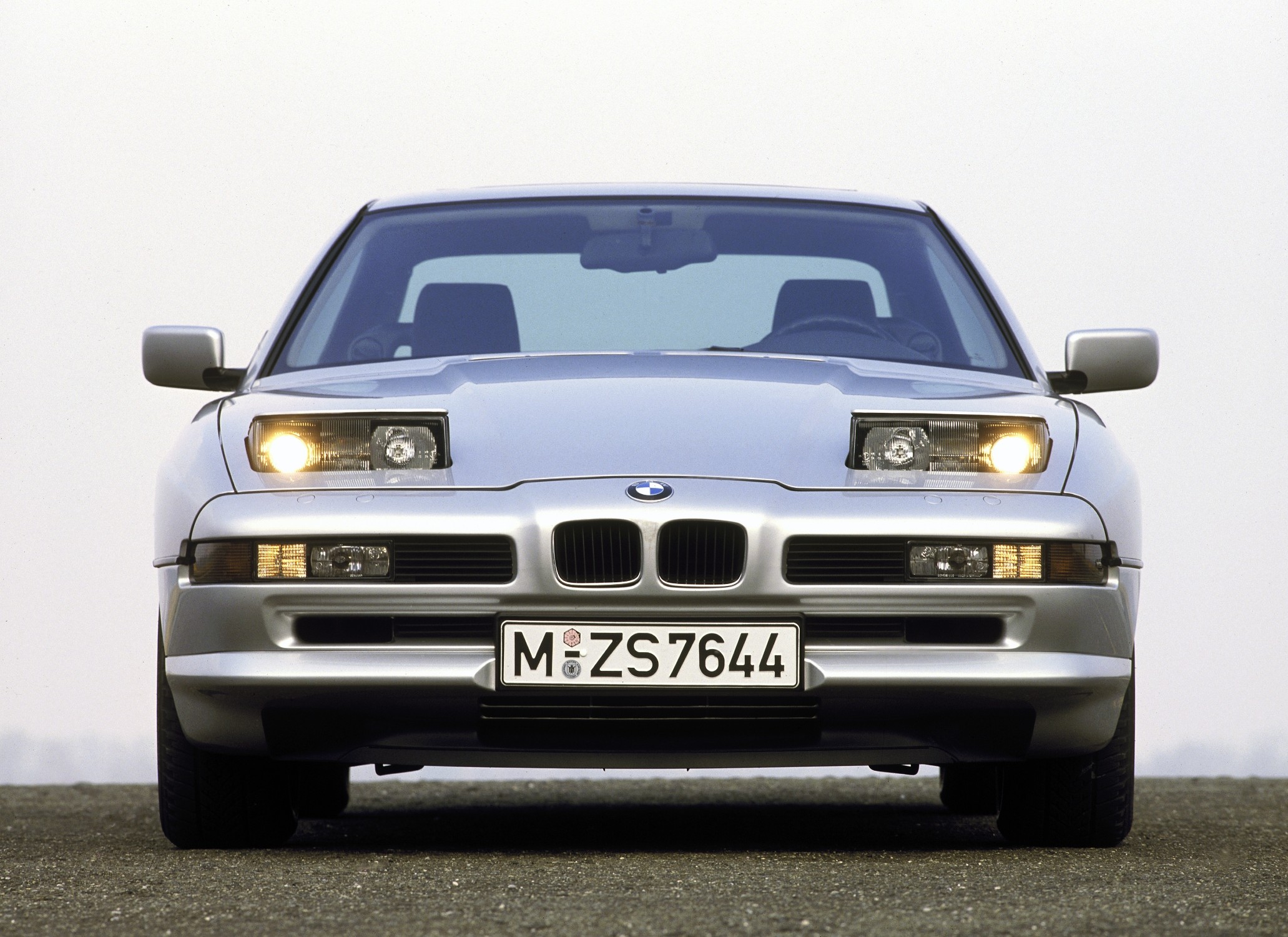
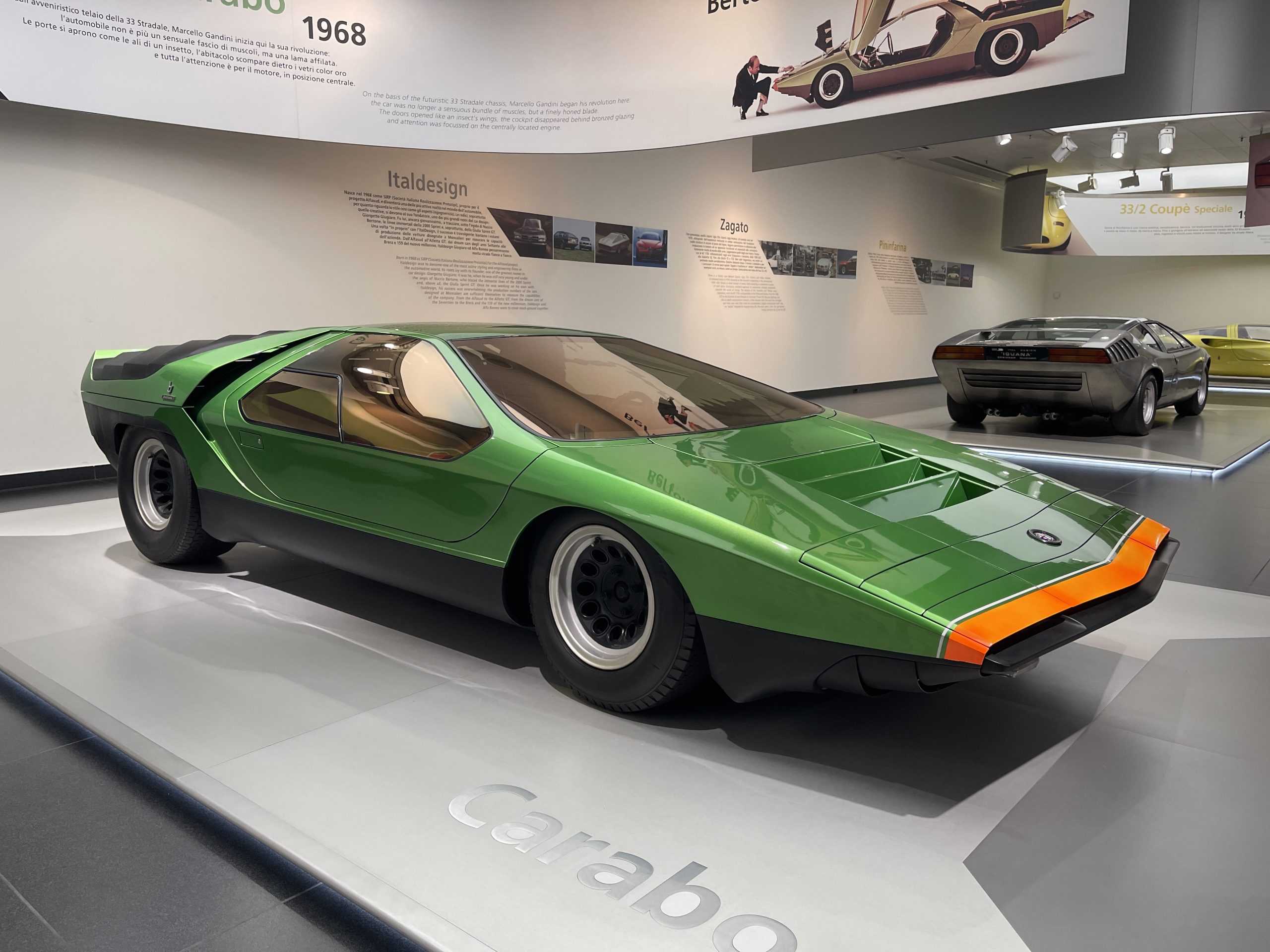
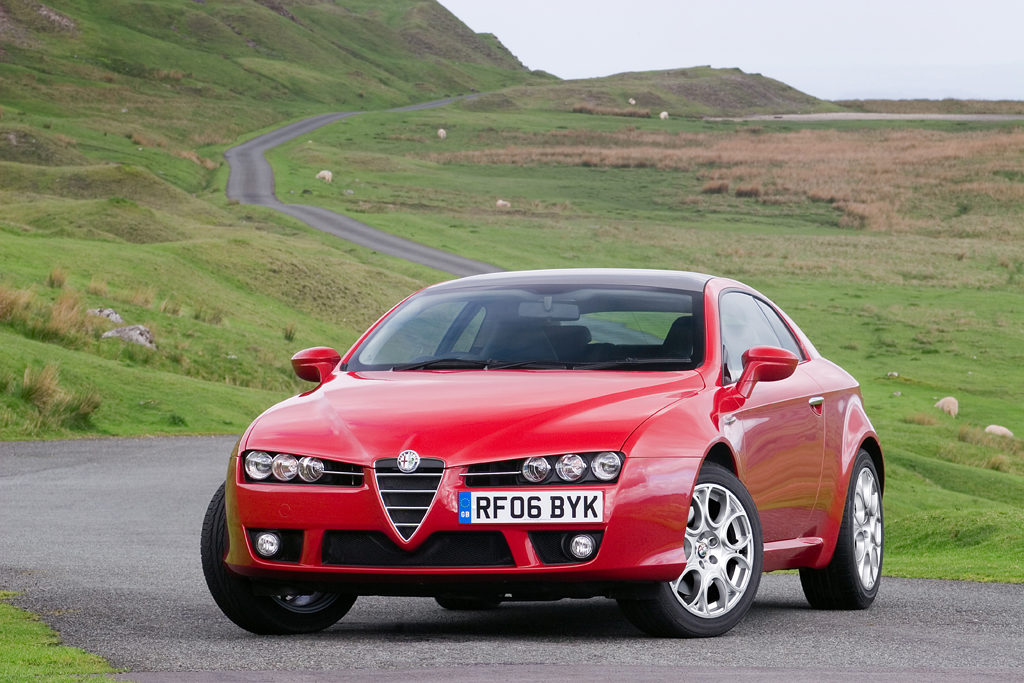

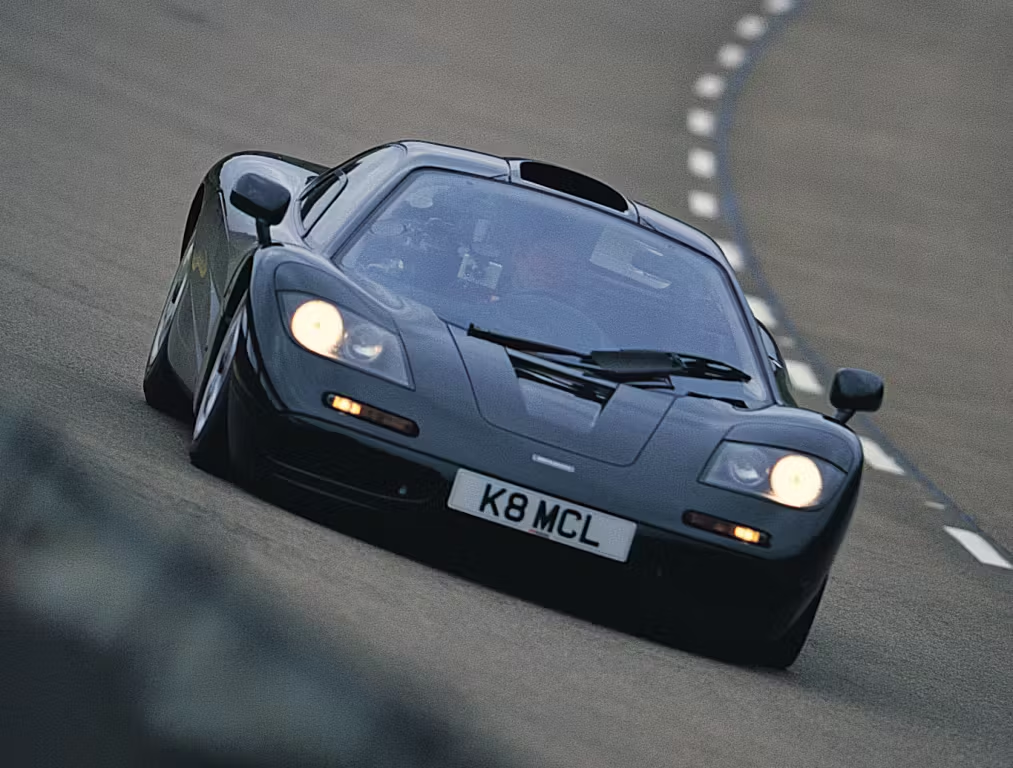


It was built in Littlehampton by John Baldwin. He built loads of stuff like that. One offs including a Yamaha supercar thing. From memory his company was called F1designs?